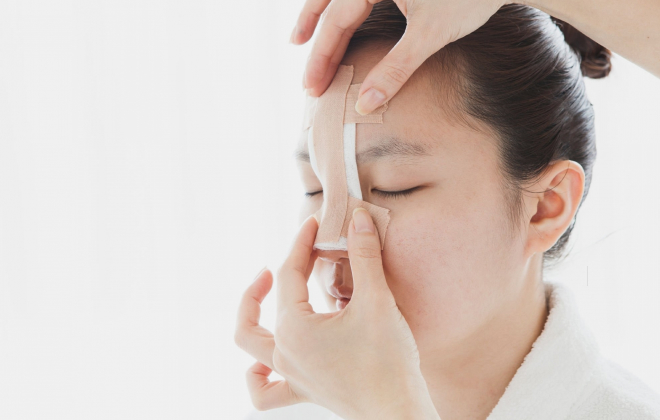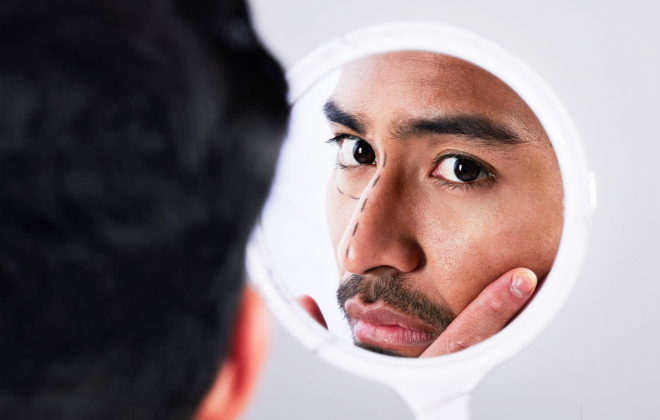


Sometimes, a disease, a medical condition, an injury, or a congenital disability can change the look of our body parts or interfere with their function. Sometimes babies are born with some uncommon physical conditions.
Reconstructive Surgery is your friend in need in such situations.
In this article, we will take a comprehensive look at this field of medical science and how it can help people live the life they wish.
Reconstructive surgery, a subspecialty of plastic surgery aims to restore the appearance and performance of these body parts.
People have reconstructive surgery for several reasons, such as to enhance their appearance, fix a deformity, stop more problems from happening, or to improve their quality of life. The type and severity of the problem that affects the body part is one of the major factors determining the need for reconstructive surgery.
Plastic surgery is a comprehensive term encompassing both reconstructive and cosmetic surgery.
Surgeons perform reconstructive surgery to restore the form and function of a body part affected by injury, illness, or a birth defect, often for medical reasons. On the other hand, cosmetic surgery aims to enhance the appearance of a normally functioning body part, typically performed for aesthetic purposes.
While plastic surgery involves procedures such as facelifts and breast augmentations, reconstructive surgery explicitly consists of restoring body parts affected by congenital deformities, injuries, diseases, or medical conditions, often necessitating interventions such as breast reconstruction after mastectomy or facial reconstruction following trauma. You can read our article, Enhancing Beauty Safely and Responsibly through Aesthetic Surgery, to get an in-depth understanding of cosmetic surgery.
In essence, reconstructive surgery is a subset of plastic surgery dedicated to medically driven restoration, while plastic surgery can cover both cosmetic and reconstructive procedures.
Different people may need reconstructive surgery for various reasons. Some of the common reasons are:

Let’s take a look at some of the common reconstructive surgeries:
The extent of risk depends on the nature and extent of the surgery, your overall health, and other factors. Before deciding to have the procedure, you should examine the dangers and advantages of reconstructive surgery with your surgeon.
The details of your reconstructive surgery depend on four factors:
During the surgery, your surgeon will use different techniques to repair or rebuild your body parts. These may include moving the skin, tissue, bone, or artificial materials from one place to another, connecting blood vessels and nerves, or inserting implants or devices.
You will recuperate in an area after the procedure until the anaesthesia wears off. You might feel pain, discomfort, swelling, bruising, or bleeding in the area where the surgery was done. You will get pain medication and antibiotics to ease your pain and prevent infection.
You must comply carefully with your surgeon’s directions after the surgery. These may include how to care for your wound, how to take your medications, how to prevent infection, how to manage pain and swelling, how to do exercises or physical therapy, and when to return for follow-up visits.
Avoid certain activities that may cause stress to your surgical site, such as lifting heavy objects, driving, or exercising. Inquire with your surgeon about when you can return to normal activities and the precautions that you need to take when you do.
Let us give you some pointers on how to prepare for reconstructive surgery so that it’s safer and easier for you:
If you have questions or concerns about preparing for reconstructive surgery, you should talk to your surgeon or other care team members. They could give you further advice and information.
The time taken for recovery can vary depending on the type, extent, and location of the surgery, as well as your overall health and individual factors. It can range from a few days to several months or longer.
Your medical team will provide you with detailed guidance about the dos and don’ts during the recovery period. However, some general guidelines to be followed during this time are:
Breast reconstruction: Most women can resume normal activities in 6 to 8 weeks. Without flaps or implants, the recovery time may be shorter. Keep in mind the following:
Hand surgery: The recovery time for hand surgery depends on the type and complexity of the procedure, as well as the patient’s compliance with postoperative care. Some considerations are as follows:
Facial reconstruction: The recovery time for facial reconstruction changes based on the complexity of the procedure and the area involved. Here are some factors to consider:
Here are some general tips to take care of your reconstructed area:
Keep the wound dry and clean: You may need to change your dressing or bandage regularly to prevent infection and promote healing. You may also need a surgical drain to remove blood and fluid from the wound. You must follow all the recommendations given by your surgeon.
Managing your pain and swelling: You may experience some pain, discomfort, swelling, bruising, or numbness in the reconstructed area after the surgery. Your surgeon might advise you to take pain medication. You may also need to apply cold compresses or ice packs to ease pain and reduce discomfort and swelling. For several weeks after surgery, avoid using pressure on the surgical site.
Avoid activities that may cause tension or stress on the reconstructed area: You may need to cut back on your exercise for a few weeks or months after the surgery to allow your body to heal correctly. Avoid lifting heavy objects, driving, exercising, smoking, drinking alcohol, or taking blood-thinning medications that may increase bleeding or delay healing.
Follow a healthy diet: Food rich in protein, vitamins, minerals, and fluids can facilitate faster physical recovery and help avoid infection. Water consumption might also aid in flushing out toxins and reducing swelling. Quitting smoking before and after the surgery can improve your healing process and reduce complications.
Life after reconstructive surgery can differ for each person, depending on the type, extent, and location of the surgery, as well as the patient’s overall health and individual factors.
However, some general aspects of life after reconstructive surgery are:
Reconstructive surgery can help you restore or enhance the shape, size, and function of a body part affected by a defect, disease, or injury. For example, breast reconstruction can help you regain your feminine shape and confidence after a mastectomy, or hand surgery can help you improve your strength and flexibility after a trauma.
Reconstructive surgery can assist you in managing the mental and emotional impacts of having a body part that is different or does not work well. For example, facial reconstruction can make you more confident and comfortable in social situations after an accident or tumour removal, and gender confirmation surgeries can help you match your physical features with your gender identity.
Reconstructive surgery can help you prevent or treat difficulties or other issues that may arise from having a body part that is abnormal or does not work well. For example, lymphedema treatment can help you reduce the swelling and pain in your arm or leg caused by fluid build-up due to damage or blockage of the lymphatic system, or panniculectomy (Surgery to remove extra skin and fat from the lower abdomen) can aid in fat and extra skin removal from your abdomen after significant weight loss.

Reconstructive surgery can improve the physical appearance and function of an affected body part and bring a world of difference to a patient’s psychological and emotional well-being. It can also prevent or treat complications or further problems.
Your surgeon will be able to provide the best information, guidance, and care before, during, and after the surgery. And don’t forget to ask your surgeon about the risks and benefits of the surgery, the expected outcome, the recovery process, and the cost as well.
Spread the love, follow us on our social media channels